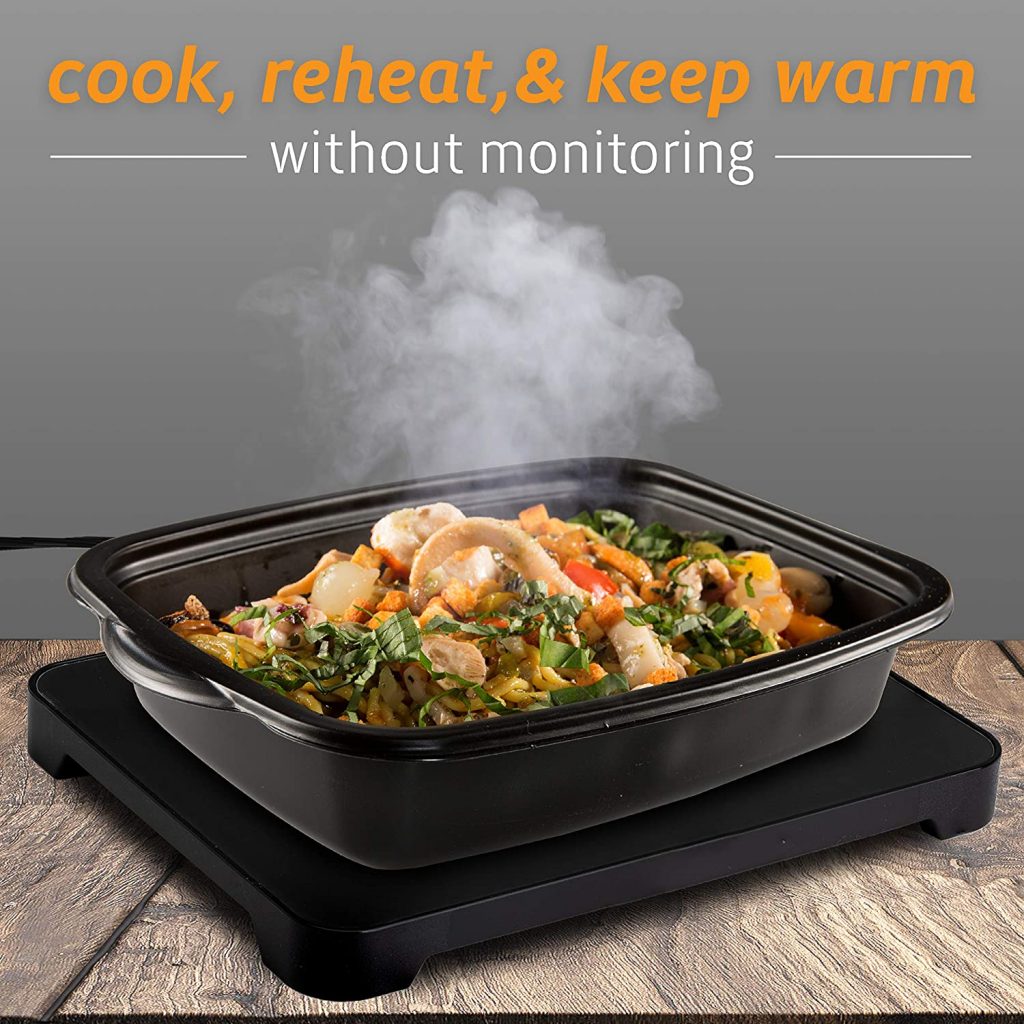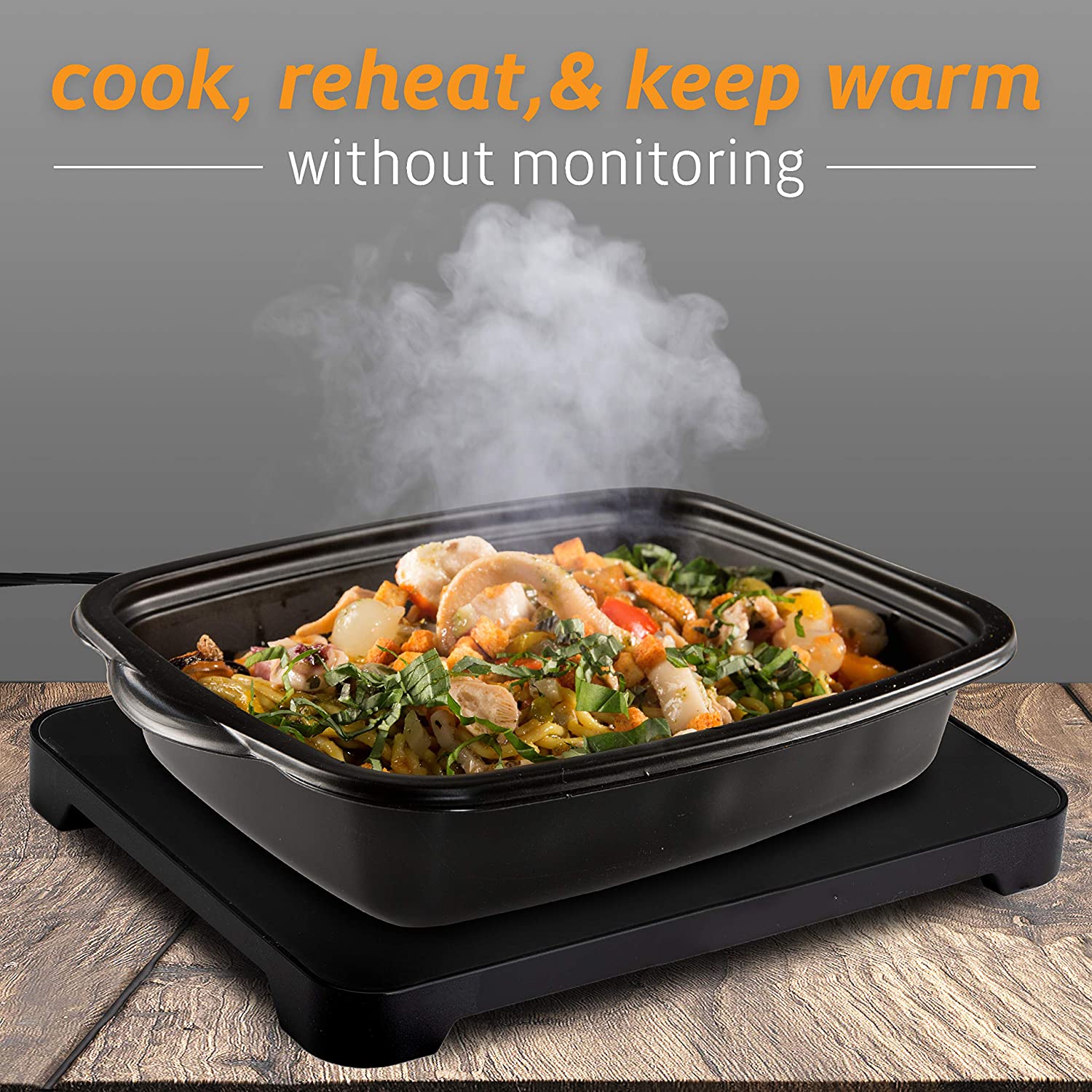One simple approach to save energy and potentially cut your energy expenditures at home is to choose the correct energy-efficient cooking gadget for the job. (Don’t know where to begin? Take our Which Is More Energy Efficient? quiz to see which appliances are the most energy efficient.
Now it’s time to decide who won the microwave vs. oven and microwave versus. toaster oven contests. The microwave takes the prize for most energy-efficient cooking!
According to ENERGY STAR, cooking with a microwave rather than an oven can save anywhere from 30% to 80% of energy. In addition, a microwave does not heat up the kitchen as much as an oven does in the summer, which can save money on air conditioning.
When deciding whether to use a toaster oven vs. a microwave or a microwave vs. an oven, it’s helpful to know how these machines function.
Microwaves heat the water molecules in food by emitting high-frequency radio waves. The food cooks primarily from the inside out, leaving the air surrounding it at room temperature. Microwaves, in essence, heat all of the food at the same time. Preparing time and energy consumption are reduced with this method, especially when cooking tiny portions of food.

A typical oven, on the other hand, heats predominantly through convection: hot air surrounds the food, and heat from hot coils is generated by the temperature difference between the hot air and the food. The heat goes inward to heat the interior of the food while the exterior sections of the dish get heated. Toaster ovens use a combination of hot air and radiant heat to cook food.
Microwave vs. toaster oven
Microwaves and toaster ovens have varying wattages. In the United States, the typical microwave uses 925 watts, and toaster ovens consume 1225 watts. As a result, the microwave is already ahead of the toaster oven in terms of energy efficiency, as it requires around 20% less power.
Toaster ovens also outperform traditional ovens. When cooking modest meals, they require around 13 to 12 times the energy of a regular electric oven, according to ENERGY STAR. Toaster ovens are mostly used for toasting and baking, with defrosting, warming, and broiling being used less frequently. According to ENERGY STAR, 27% of households only use their toaster ovens for toasting, whereas 7% solely use them for baking.
Oven vs. microwave
One method to grasp the possible cooking benefits of utilising a microwave vs. an oven is to cook a potato. According to Home Energy magazine, four medium potatoes take roughly 15 minutes to cook in a microwave oven. In a typical oven, those same four potatoes would take roughly one hour to cook. There is certainly a save in both time and energy.
However, an oven is sometimes the most energy-efficient cooking device for the job. Larger quantities of food, for example, are better cooked in an oven rather than in a microwave.
By following a few simple guidelines, you may improve the energy efficiency of your oven:
Place the oven away from the refrigerator. The heat from the range will make your fridge work harder, resulting in a higher electric cost. If you must instal appliances near to each other, use a piece of foam insulation to separate them.
Standard ovens have less insulation and tighter-fitting oven doors than self-cleaning ovens. This efficiently keeps the heat in.
If you want to monitor your food while it’s cooking, don’t open the oven door. The oven temperature lowers by 25 degrees every time you open the door. That’s why ovens have a light inside or have a timer.
Preheating your oven wastes energy and is generally not recommended.
Make sure you’re using the right cookware. Using glass or ceramic pans instead of metal in the oven allows you to reduce the temperature by roughly 25 degrees while still cooking items just as quickly.
Do you want to discover where other kitchen appliances rank in terms of energy efficiency?
Of course, no appliance is effective if it is not properly used. The Consumer Energy Center offers the following suggestions for maximising microwave energy efficiency:
Microwaves are best for quick defrosting or tiny amounts
Microwaves aren’t ideal for all types of cooking because they cook unevenly and don’t brown food.
The energy efficiency of microwaves is rather consistent. A small microwave, rated at 600-800 watts, is often more energy efficient than a bigger microwave, which is rated at 850-1650 watts. Don’t buy a microwave that’s bigger than your family need.
Temperature probes, detecting controls that determine when food is thoroughly cooked based on moisture level, and variable power settings are all available in newer models.
What’s the bottom line? When it comes to selecting the most energy efficient cooking device, size counts. Likewise, the type of cooking you wish to perform. However, if you’re cooking for a small group and/or reheating, the microwave’s energy efficiency is unbeatable.
For more information, visit: jazzeon.com/

As the editor of the blog, She curate insightful content that sparks curiosity and fosters learning. With a passion for storytelling and a keen eye for detail, she strive to bring diverse perspectives and engaging narratives to readers, ensuring every piece informs, inspires, and enriches.










